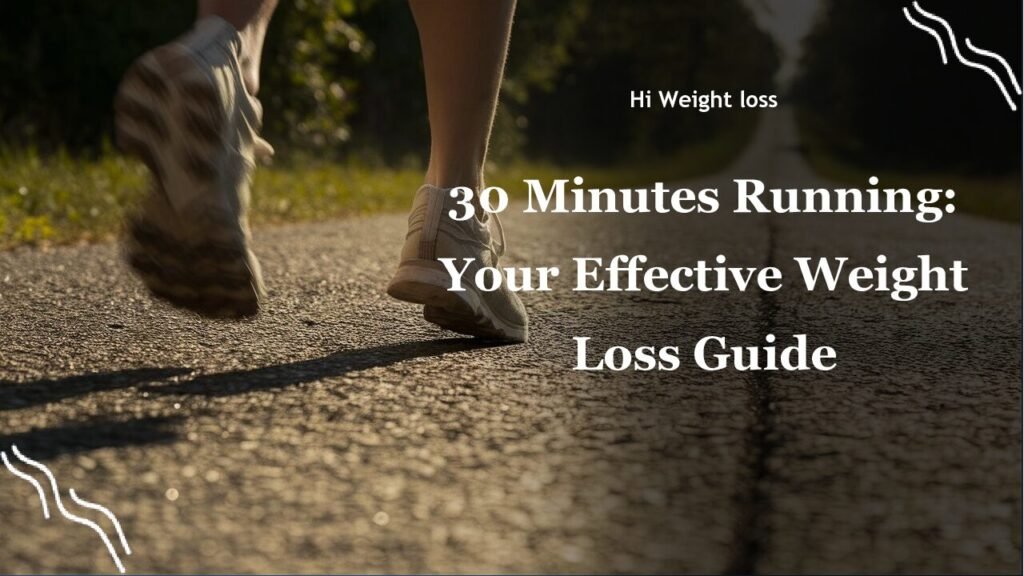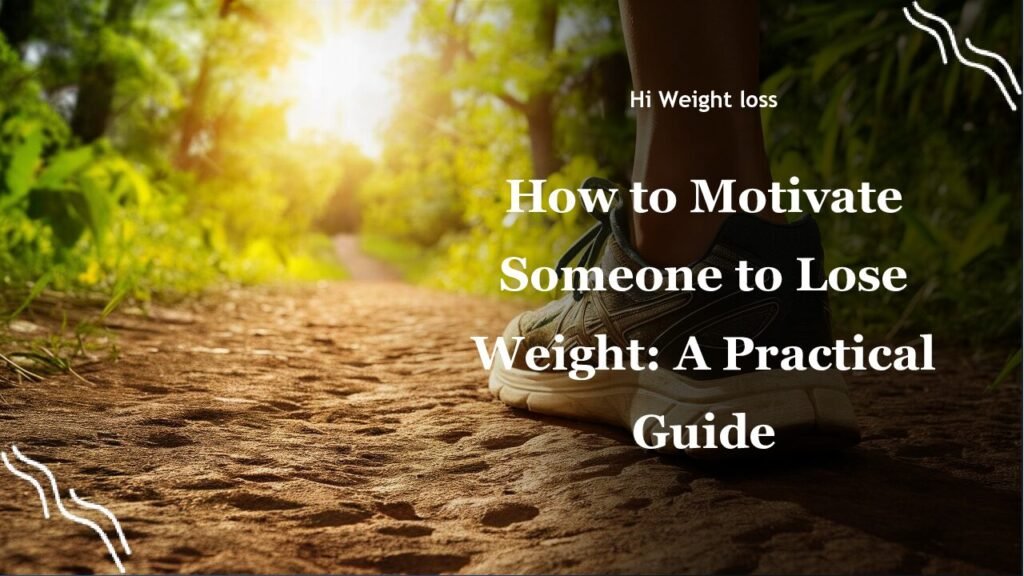“`
Struggling to shed those extra pounds and wondering if a daily run is the answer? Many of us have been there, staring at the treadmill, questioning if a mere 30 minutes can truly make a difference. Well, the good news is, yes, you can absolutely use running as a tool for weight loss! This article explores how running for 30 minutes a day, combined with the right approach, can help you reach your weight loss goals, and we’ll delve into what it takes to make it truly effective.
Can Running 30 Minutes a Day Help with Weight Loss?
Let’s get straight to the point: running for 30 minutes can indeed help you lose weight. However, it’s not quite as simple as just lacing up your shoes and hitting the pavement. The effectiveness of running for weight loss hinges on various factors, including how intensely you run and what you’re eating alongside your exercise routine.
The Science Behind Burning Calories with Running
Running is a fantastic calorie burner. According to Harvard Health Publishing, a 155-pound person can burn roughly 372 calories by running at a moderate pace of 6 miles per hour (10 km per hour) for just 30 minutes. That’s a significant amount of energy expenditure in a relatively short period!
Of course, that’s just an average. Your actual calorie burn will depend on your weight, size, running speed, and even the terrain you’re running on. Running uphill, for example, will naturally burn more calories than running on flat ground. My friend, Sarah, found this out the hard way! She was frustrated that her usual 30-minute run wasn’t showing the results she wanted, until she started incorporating some hills into her route. Suddenly, the scale started moving.

The key takeaway is that 30 minutes of running *is* effective for burning calories. The higher your intensity, the more calories you’ll burn. This brings us to our next point.
Intense Running: Turbocharging Your Weight Loss
While steady-state running is beneficial, incorporating intense running intervals can really ramp up your weight loss efforts. Studies, such as those discussed on SHEFIT’s blog, have shown that sprint workouts increase your excess post-exercise oxygen consumption (EPOC).
What exactly does that mean? Well, your body continues to burn calories even *after* you’ve finished your workout. It’s like a metabolic afterburn! I remember trying sprint intervals for the first time – it was incredibly challenging, but the feeling of accomplishment, and the subsequent calorie burn, was incredibly motivating. I noticed a change in my body composition much quicker when I incorporated these bursts of intensity.
Running and Diet: A Dynamic Duo for Weight Loss
Okay, you’re running 30 minutes every day, great! But if you’re consuming more calories than you’re burning, you might not see the weight loss results you’re aiming for. Fitbit Community sums it up perfectly: “the only way to lose weight is to burn more calories than you consume.” It’s as simple as that!
Think of your body like a car. Running is like driving, it uses fuel (calories). If you refuel your car too much, the extra fuel isn’t going anywhere, similarly excess food calories will turn to fat. The key is finding a balance between your calories consumed and the calories burned. This doesn’t mean you need to starve yourself, but it does mean being mindful of what and how much you’re eating. My journey with weight loss taught me the importance of a balanced diet, with plenty of fruits, vegetables, and lean protein, alongside my running routine.
Practical Strategies for Losing Weight by Running 30 Minutes Daily
So, how can you maximize your weight loss results with 30 minutes of running a day? Here are some practical tips:
- Mix Up Your Intensity: Don’t be afraid to add some sprint intervals to your routine to boost that calorie burn and afterburn effect!
- Prioritize Diet: Ensure you’re eating a well-balanced diet with plenty of whole foods and lean protein.
- Stay Consistent: Consistency is key to seeing long-term results. Try to run most days of the week, even if some days are shorter than others.
- Listen to Your Body: Don’t push yourself too hard, especially when you’re starting. It’s better to start slow and build up your mileage gradually.
- Track Your Progress: Whether it’s using an app to track your runs or weighing yourself weekly, tracking your progress can keep you motivated.
How to Create a 30-Minute Running Routine
Here is a sample routine you can adapt to your fitness level. Remember to consult a healthcare professional before starting a new fitness program.
| Activity | Duration | Description |
|---|---|---|
| Warm-up | 5 minutes | Light cardio such as brisk walking, or some dynamic stretching like leg swings. |
| Moderate Run | 15 minutes | Maintain a comfortable pace where you can hold a conversation. |
| Sprint Intervals | 5 minutes | Alternate between 30 seconds of fast running and 30 seconds of jogging. Repeat 5 times. |
| Cool-down | 5 minutes | Slow down the pace to a walk and do some static stretching (holding each stretch for 20-30 seconds). |
Conclusion
So, can *running 30 minutes a day* help you lose weight? Absolutely! But it’s not a magic bullet. You need to combine consistent running with a healthy diet to truly see results. Consider incorporating interval training to boost the calorie-burning effects of your run. It really does come down to that balance between calories in and calories out. Remember Sarah, who started incorporating hills into her route? She made a small change and saw a big result. And me? Adding in sprint intervals changed my progress and my routine. If we can do it, so can you!
Now it’s your turn! Try implementing some of these strategies into your running routine. Track your progress, celebrate your achievements, and don’t be afraid to ask for help if you need it. You can do this. Share your experience with others or comment below to let us know how you get on.
FAQ
Is running 30 minutes every day too much?
For most people, running for 30 minutes a day is not too much and can be very beneficial. However, if you’re new to running or have underlying health issues, it’s always best to start slow and gradually increase the intensity and duration of your runs, or consult with a doctor or healthcare professional before starting a new fitness program.
How quickly will I see weight loss results by running daily?
The rate of weight loss varies significantly from person to person, and depends on a number of factors, including your genetics, age, current weight, body composition, and diet. Some individuals may see results within a few weeks, while others might take a couple of months. Consistency and a well-balanced diet is key to effective results.
Can I lose weight by running 30 minutes a day, without dieting?
Running burns calories which can help with weight loss, however if you eat more calories than you burn, you will not lose weight, and may potentially gain weight. So while running is very beneficial for your health, to effectively lose weight a combination of running and a good diet is required.
What are some good foods to eat after running?
After a run, your body needs to replenish its energy and repair any damaged muscles. You can eat some food that contains a mix of both protein and carbohydrates, such as greek yoghurt with fruit, or a chicken salad sandwich, or a protein shake made with milk and fruit.
“`



